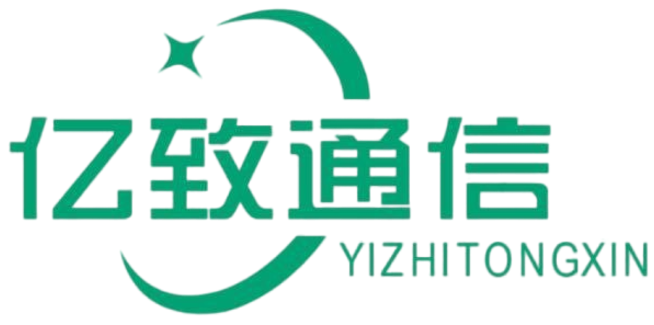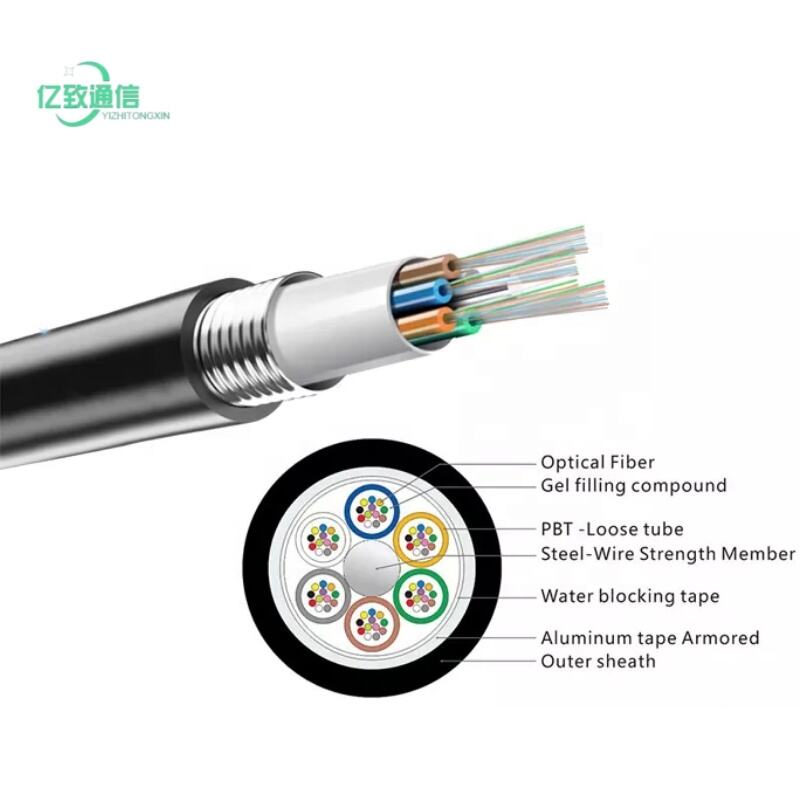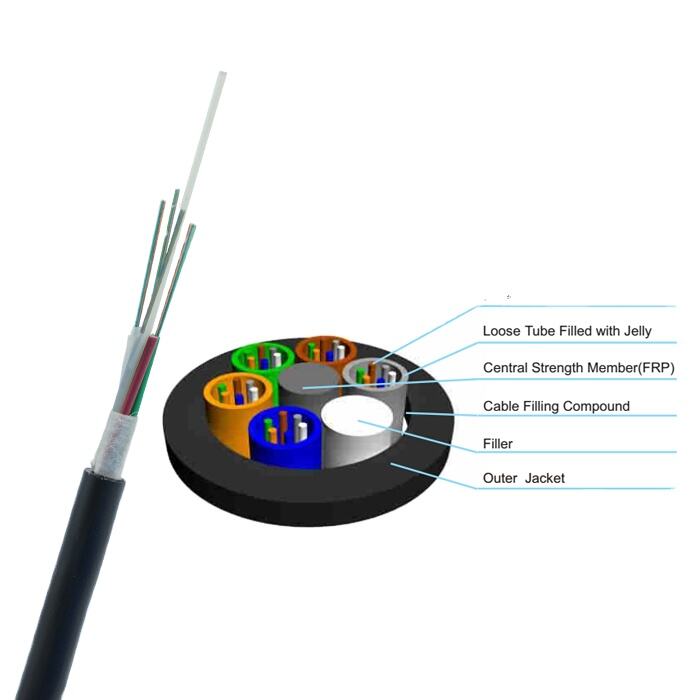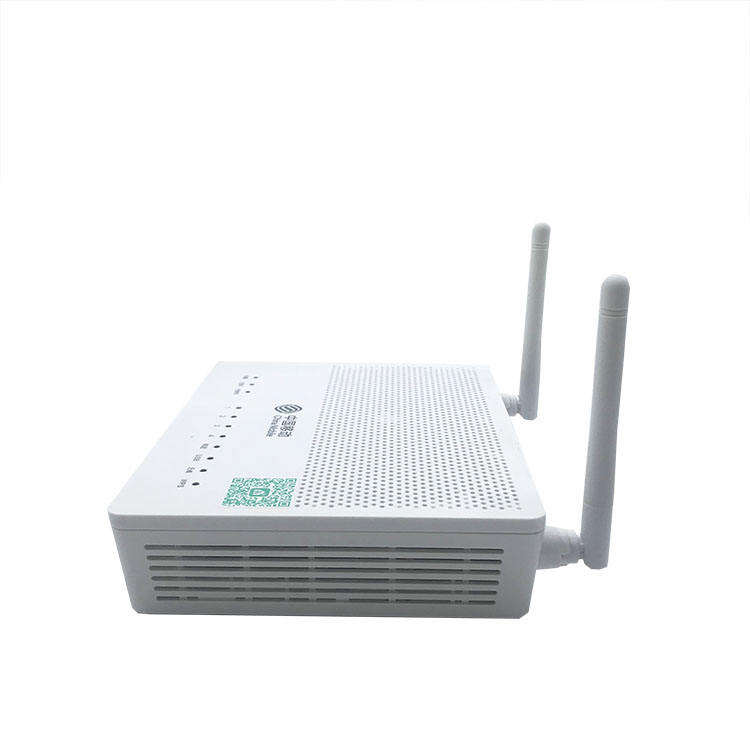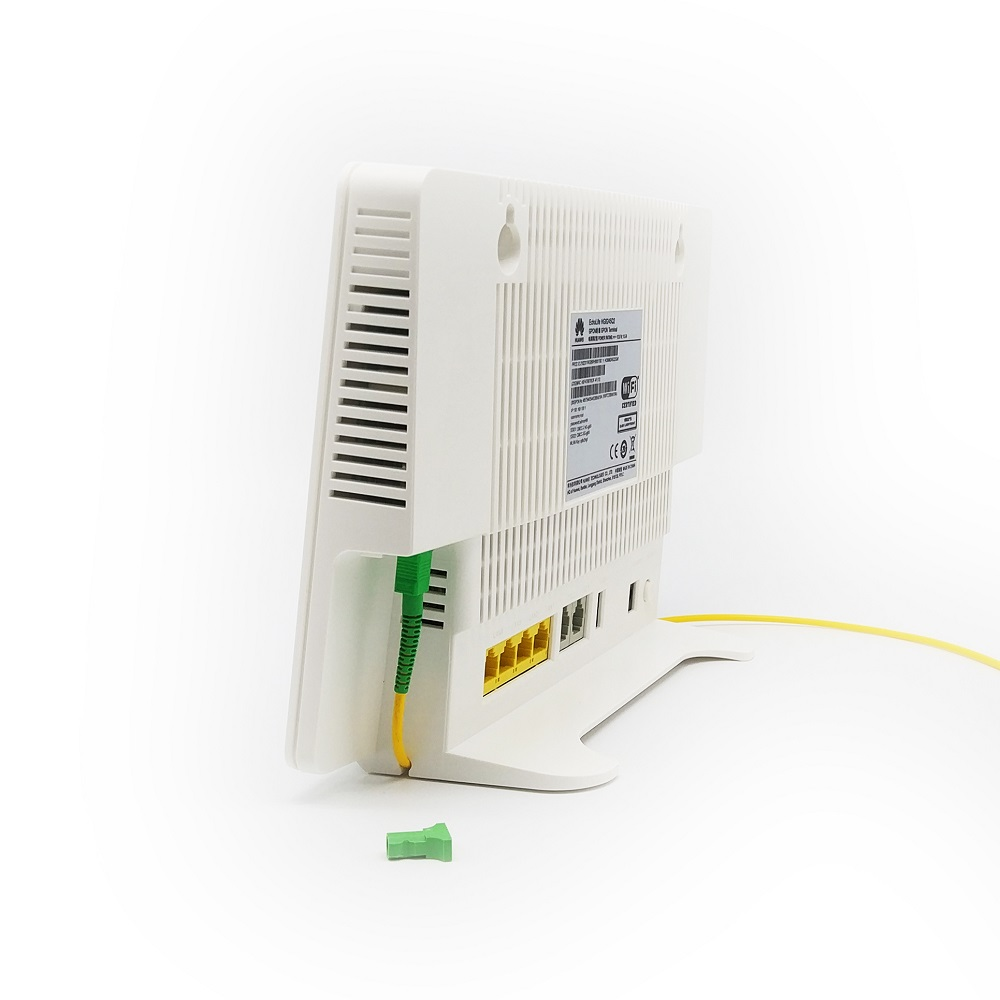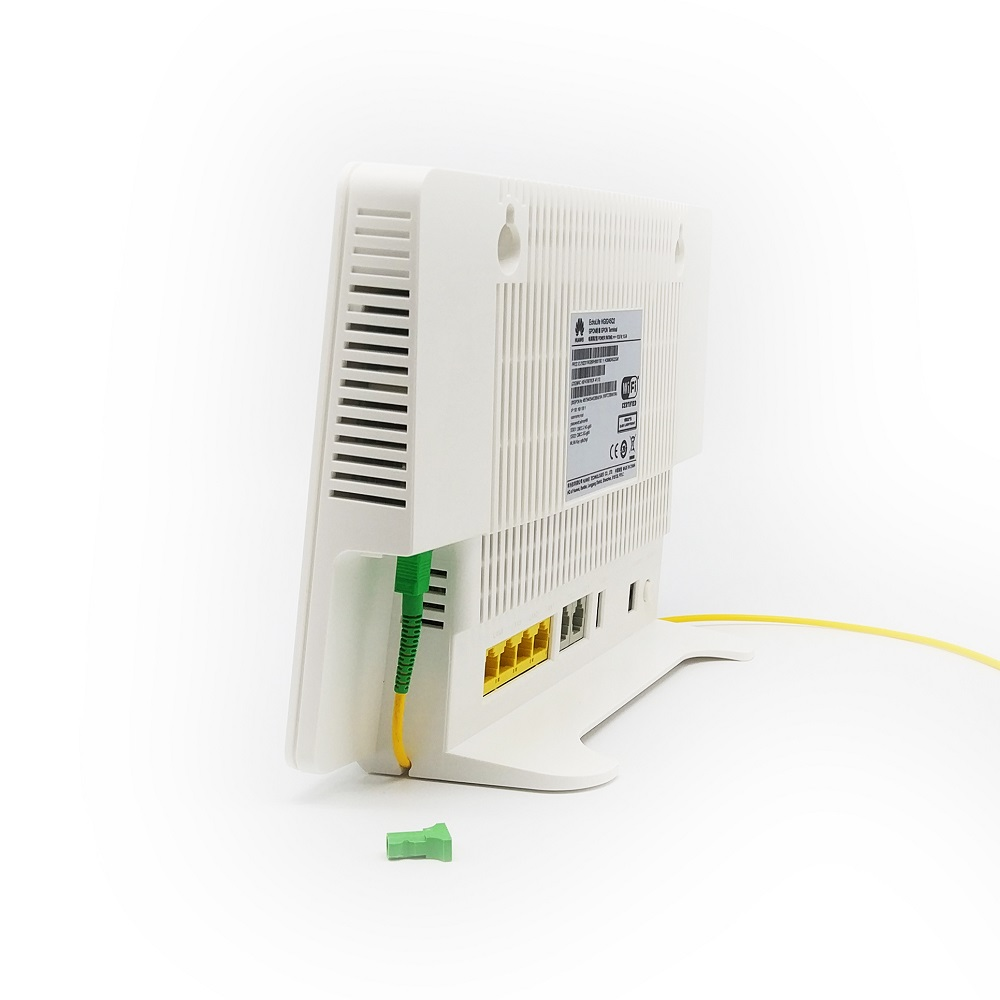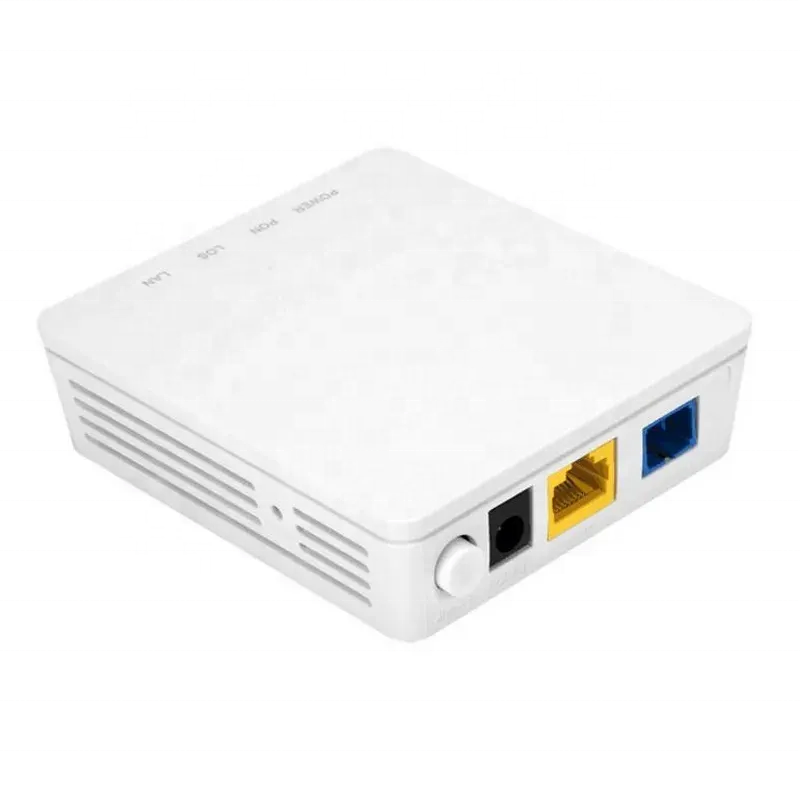latest design olt types
The latest design Optical Line Terminal (OLT) types represent a significant advancement in fiber-optic network infrastructure. These cutting-edge devices serve as the endpoint hardware in Passive Optical Networks (PON), managing data transmission between the service provider's network and end users. Modern OLTs feature enhanced processing capabilities, supporting multiple network protocols and offering unprecedented bandwidth management. They incorporate advanced Quality of Service (QoS) mechanisms, ensuring optimal service delivery across various applications. Key technological features include support for multiple PON technologies such as GPON, XGS-PON, and future-ready 50G PON compatibility. These systems typically offer modular designs with hot-swappable components, reducing maintenance downtime and enabling seamless upgrades. The latest OLTs also integrate sophisticated network management interfaces, providing real-time monitoring and automated configuration capabilities. Their applications span residential fiber-to-the-home (FTTH) deployments, business connectivity solutions, and mobile network backhaul infrastructure, making them versatile solutions for diverse networking needs.
